
Blog monitoring provides the insights needed to refine your content strategy, optimize distribution, and maximize the return on your investment in content creation.
Our guide will delve into the intricacies of blog monitoring, exploring its significance, methodologies, and the actionable insights it can unlock. Whether you’re a seasoned publisher or just starting, mastering blog monitoring can elevate your content strategy and propel your digital presence to new heights.
Blog monitoring is the vigilant practice of tracking, analyzing, and interpreting the digital footprint of your content and brand. It extends beyond simply knowing if your latest article was published—it’s about understanding the ripple effects it creates across the online landscape.
At its core, blog monitoring is about gaining a 360-degree view of your content’s performance. This includes:
Blog Monitoring data provides invaluable insights into what resonates with your audience, what drives traffic and engagement, and where you can improve. By identifying trends, strengths, and weaknesses, you can make informed decisions to optimize your content strategy, refine your distribution channels, and ultimately cultivate a stronger brand presence.
Blog monitoring can be achieved through two primary avenues:
3rd Party Monitoring platforms offer a holistic view of your website’s performance, often extending beyond just blog content. They track various metrics like:
Advantages:
Disadvantages:
These specialized tools focus on monitoring your blog’s performance and engagement metrics. They track:
Advantages:
Disadvantages:
The best approach for you depends on your specific needs and budget. A third-party monitoring site might suffice if you want a broad overview of your website’s performance and don’t require in-depth blog analytics. However, investing in a dedicated blog monitoring tool is recommended if you’re serious about optimizing your blog content and growing your audience.
The best third-party monitoring sites offer a comprehensive suite of tools to track website performance, user experience, and security, among other factors. Here are some top contenders:
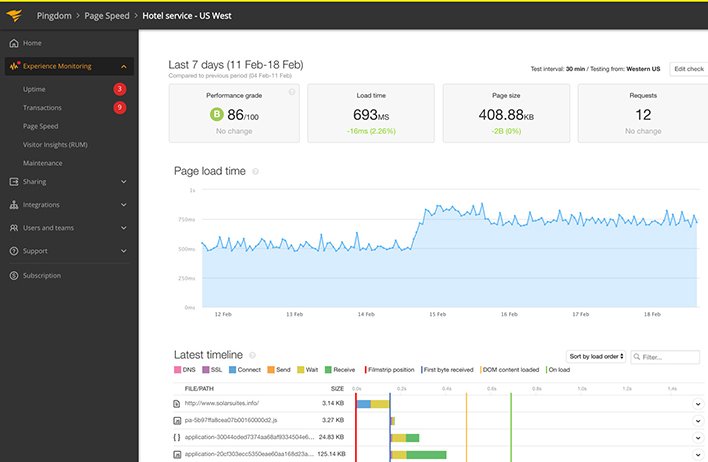
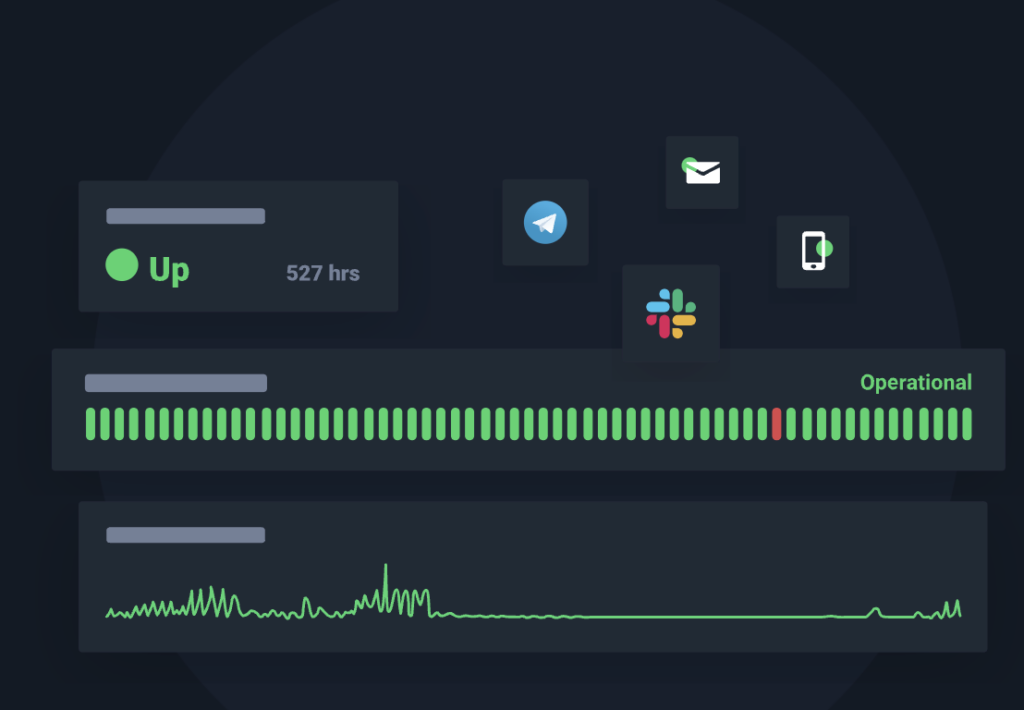
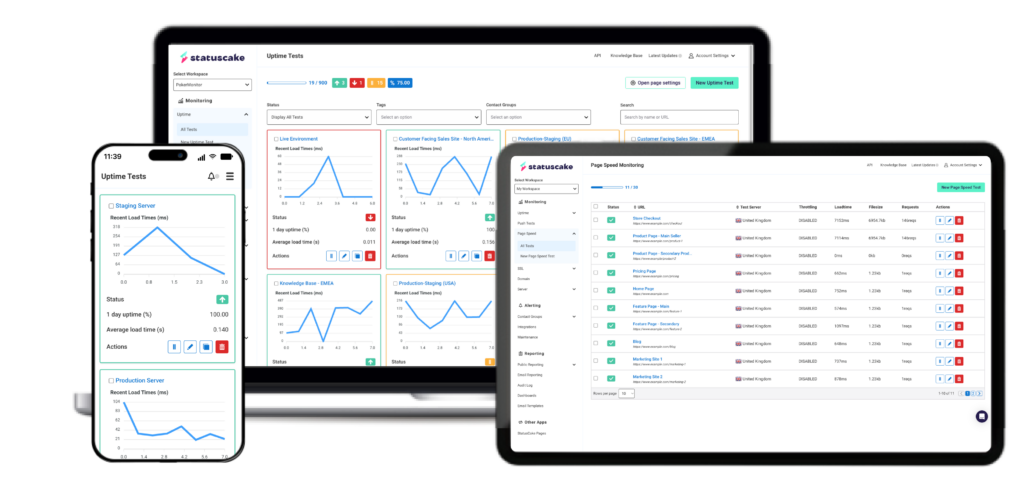
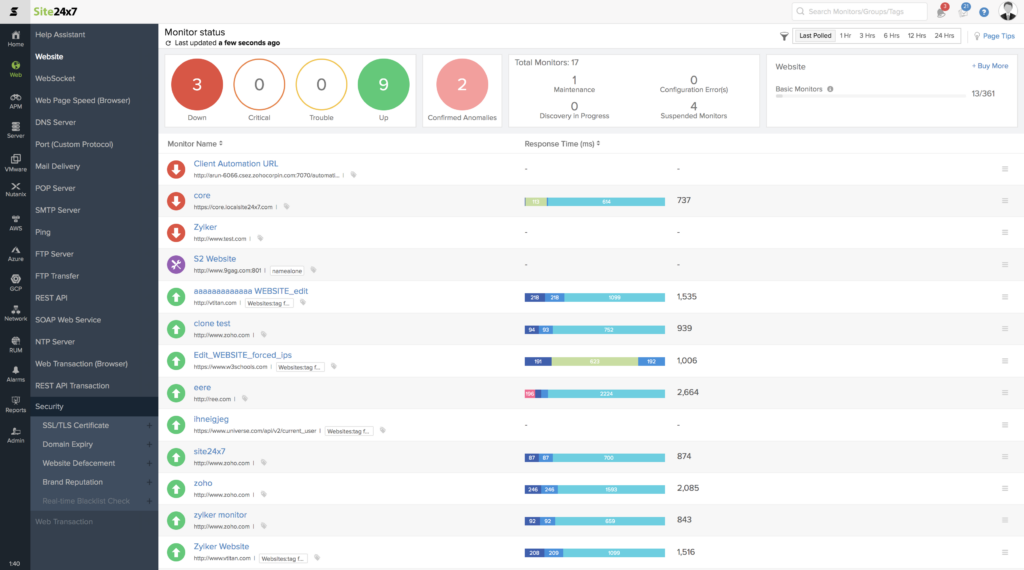

These are just a few of the many excellent third-party monitoring sites available. When choosing a site, consider your specific needs and budget. Some factors to consider include:
By carefully evaluating your options and choosing the right third-party monitoring site, you can ensure your website runs smoothly and delivers a positive user experience.

The rise of AI-powered tools, including Google’s latest AI overviews, has revolutionized blog monitoring, offering publishers unprecedented insights and streamlined workflows. Here’s how to leverage these advancements effectively:
While AI tools offer powerful capabilities, human expertise remains crucial for interpreting data, understanding nuances, and making strategic decisions. Use AI insights to inform your judgment and creativity, not replace them.
GPTs are constantly evolving. Keep abreast of the latest tools and advancements, experiment with different solutions, and adapt your monitoring strategy as needed to stay ahead of the curve.
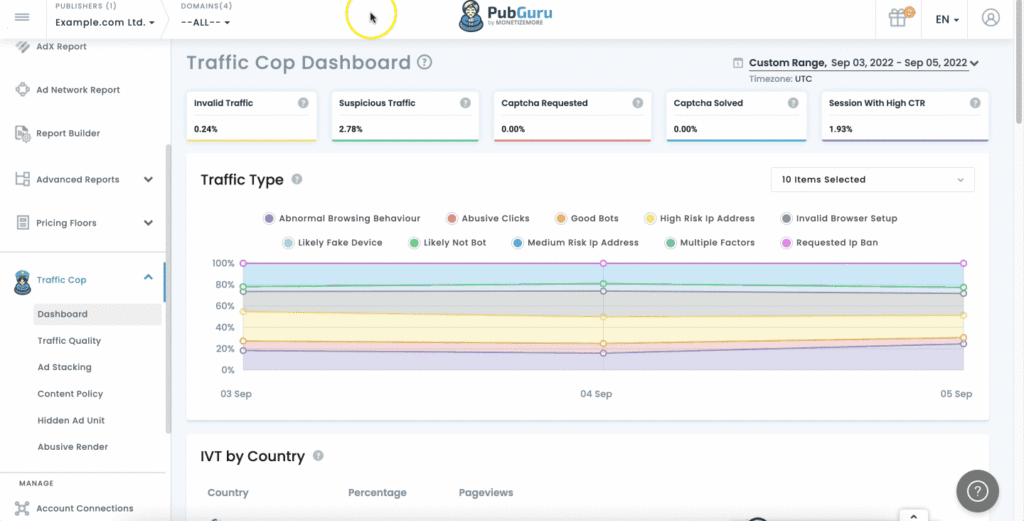
Invalid traffic remains a pain and one with serious consequences for many publishers. If you’re trying to save money, your next thought might be that you need to find a free invalid traffic monitoring tool as soon as possible so that you can get a handle on the issue. In this article, I’d like to make the case stating that’s the wrong mindset and show you how to approach invalid traffic instead.
The internet is full of free, open-source software and tools. You might just as well find a free invalid traffic monitoring tool that shows you how many potential bots or other types of invalid traffic are visiting your website. If you don’t use display ads to monetize your traffic, then that might be all you need.
However, if you monetize your site with AdSense ads or any other ad network, you’re in trouble. Even if you can find a free tool that accurately monitors your traffic for invalid traffic, what then? You discover you have invalid traffic problems, and then what? Does that tool also protect your website from it? Do you know what to do after that?
In some cases, you might already be in trouble at the point of discovering the tool, and you could be on the brink of facing account closure from ad networks such as AdSense who are very strict when it comes to traffic quality.
The point is, you need more than just a monitoring tool. You need something that can detect and prevent invalid traffic from clicking and seeing your ads simultaneously. That’s how you protect your business from revenue clawbacks and losing your ad accounts.
Traffic Cop does all that for you! With a minimal set up you’ll get access to our platform, where you’ll be able to see invalid traffic detected daily and how the tool blocked it from seeing your ads. You can rest assured that your ad accounts are safe and will see revenue clawbacks decrease in front of your very eyes.
Also, find out how you can do invalid traffic analysis with Traffic Cop over here.
Don’t waste your time with free invalid traffic monitoring tools! Use Traffic Cop instead. Sign up to Traffic Cop today.

With over seven years at the forefront of programmatic advertising, Aleesha is a renowned Ad-Tech expert, blending innovative strategies with cutting-edge technology. Her insights have reshaped programmatic advertising, leading to groundbreaking campaigns and 10X ROI increases for publishers and global brands. She believes in setting new standards in dynamic ad targeting and optimization.

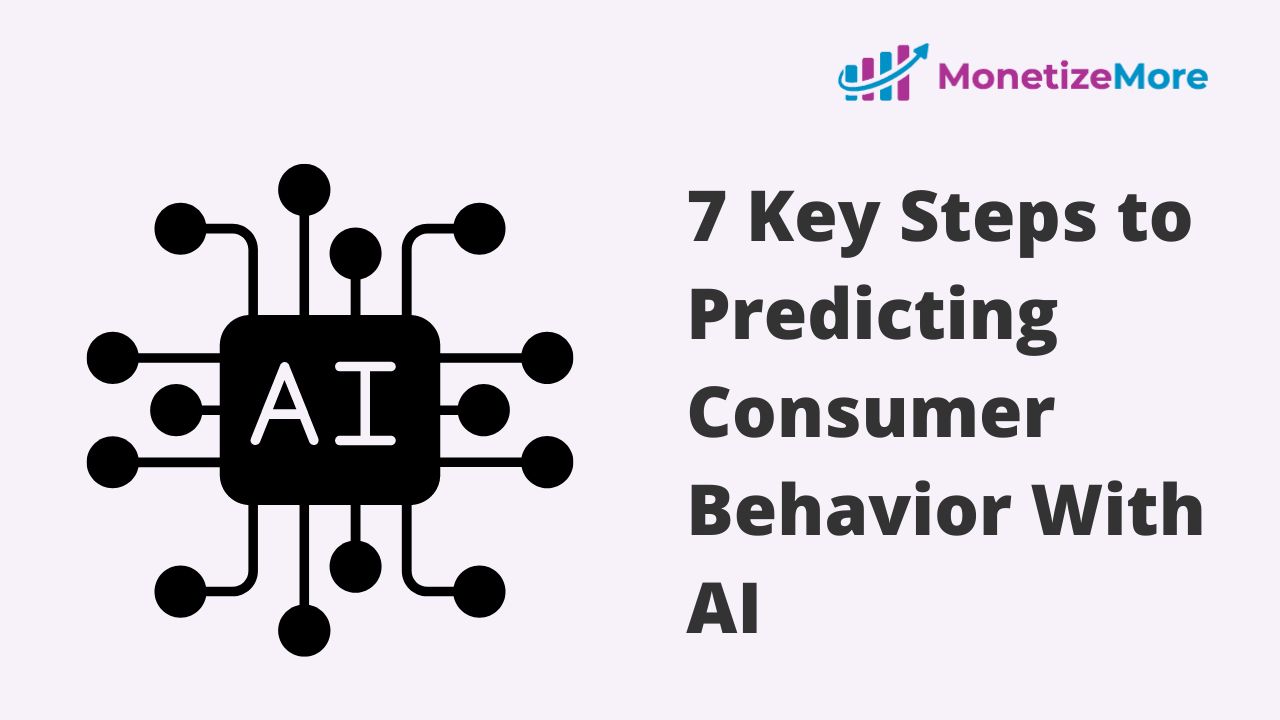

10X your ad revenue with our award-winning solutions.